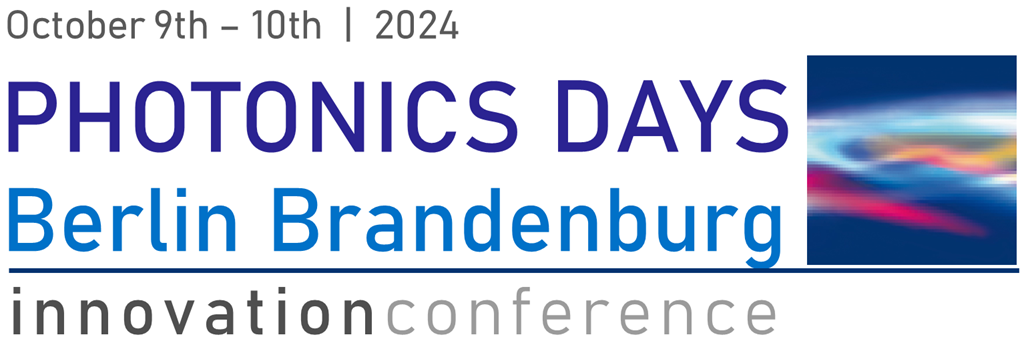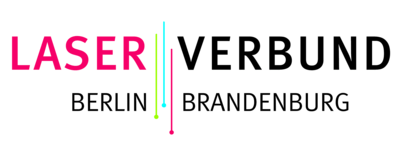Hobby-Eberly Telescope Dark Energy Experiment - HETDEX
Projekt
At the Hobby-Eberly Telescope in Texas, the light of the respective section of the sky captured via the 10m mirror is directed to the Field Unit (in the focal plane). There, the light is guided by approx. 33,400 individual glass fibres in 150 bundles of 448 fibres each over 18...25m to the 150 individual spectrographs. The spectrographs allow the spectral decomposition of the light from each individual fibre - i.e. each individual pixel. The spectrographs are labelled VIRUS (Visible Integral-field Replicable Unit Spectrographs).
The areas between the fibres of a bundle head and between the individual heads in the field unit can be filled with multiple images with an appropriate offset. In this way, an almost completely closed recording of the respective observed section is possible.
The specially developed CCD chips in the spectrographs are elaborately cooled by nitrogen in order to be able to effectively use the few usable photons that are delivered from the sky via the fibres.
The aim is to "scan" the sky on a large scale. However, it is not stars and planets that are captured, but rather the search for galaxies in the dark night sky. Using the spectral evaluation of the pixels and their corresponding redshift, it is possible to determine the distance and speed of the galaxies in the expanding universe.
From the arrangement and staggering of the galaxies in deep space, scientists hope to gain further insights into dark energy. This experiment is known as HETDEX (Hobby-Eberly Telescope Dark Energy Experiment).
Project partners
Institute for Astrophysics (AIP) Potsdam
Department of Astronomy of University of Texas at Austin
and others
VIRUS fibre bundles
- 448 fused silica fibres, PI-Coated
- 320µm Core-Diameter
- 18 ... 25m length
- 2 Linear-arrays with 224 fibres each, r=419mm
Task
Concept
- Development of a fibre polishing machine for radius polishing (r=419mm)
- Consideration of inspection possibilities during the polishing process
- Integration of a KEYENCE camera microscope
- Definition of work and documentation steps
- Development of a production instruction for third party manufacturers of VIRUS bundles
Manufacturing
- Bundling of fibres, threading into Kevlar and metal protection tubes.
- Sorting and threading of 448 fibres into a fibre matrix and splitting into 2 linear arrays
- Bonding under consideration of FRD (Focal-ratio degradation)
- Plane polishing of the matrix end surface
- Radius polishing of the linear arrays under r=419 mm
- End surface documentation
Links
picture of the focal plane
https://mcdonaldobservatory.org/news/gallery/virus-focal-surface










